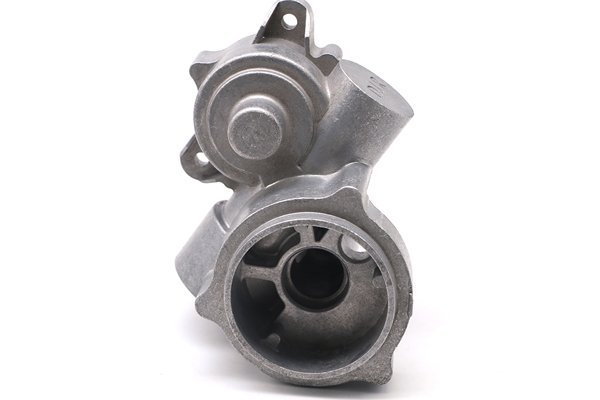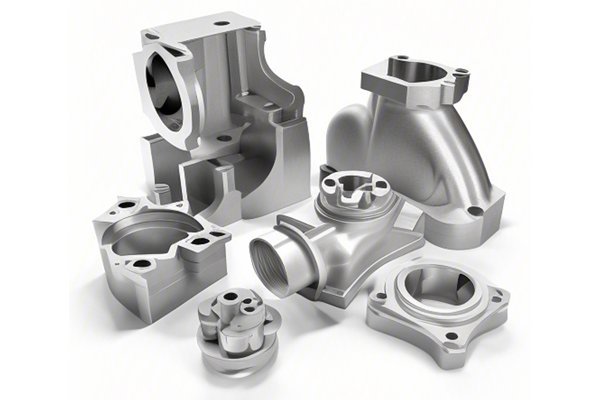Opening:
Did you know that 75% of companies that use prototypes in their product development see a reduced time to market? In today’s fiercely competitive landscape, rapidly developing and testing prototypes can provide the crucial edge needed to turn ideas into successful products. As product complexity continues to rise, manufacturers increasingly turn to Computer Numerical Control (CNC) technology. But what exactly are the applications of CNC prototypes in product testing and development, and why should businesses harness their potential? Let’s explore.
The Role of CNC Prototypes in Modern Manufacturing
CNC prototypes are essential in the product development cycle. They allow engineers and designers to experiment with parts that are close to the final product in design, fit, form, and function. CNC machining involves using computer controls to operate machinery tools, enabling the creation of precise and complex parts from various materials like metals, plastics, and wood.
CNC prototyping streamlines the design process. With CNC machines, businesses can quickly create prototypes, making adjustments as needed in a fraction of the time it takes traditional manufacturing methods. This agility allows for iterative designs and testing, leading to products that meet consumer needs more effectively.
Example: Imagine a new smartphone design with a unique casing. Rather than committing to a long production run of molds, designers can create multiple iterations of the casing using CNC prototypes, testing for aesthetics and ergonomics, before finalizing the design.
CNC prototypes don’t just look good; they can be tested for functionality, strength, and performance. This critical testing phase helps identify flaws early in the development process. Engineers can virtually squeeze, twist, and use the prototype to simulate real-life scenarios and their effects on the product.
Example: In aerospace, a small part can be prototyped and subjected to airflow tests within a wind tunnel. This helps identify potential performance issues before mass production.
Developing a product can be costly, especially when considering material and labor expenses. CNC prototypes help manage costs by reducing waste and optimizing material use. By using CNC machines, companies can create prototypes with minimal scrap, ensuring that financial resources are utilized effectively.

Example: In the automotive industry, creating a prototype part may involve expensive materials. Instead of producing multiple iterations, CNC can create an accurate prototype that mimics the final product’s performance. The cost saved in materials and labor during development can be redirected to other areas of the project.
Creating CNC prototypes fosters collaboration among teams. Design, engineering, and marketing teams can work together around a tangible representation of the idea. This ensures comprehensive feedback from various stakeholders, enhancing the communication process and increasing team alignment.
Example: A medical device company can present CNC prototypes to physicians and patients to receive feedback. This input sharpens product design before it hits the production floor, making sure it meets user expectations.
CNC prototypes offer a learning platform for engineers and designers. Working with a physical model enhances understanding of design intricacies and functions, promoting a deeper knowledge base that can be leveraged for future projects.
Example: A junior engineer may struggle with understanding the tolerances and fits of a complex assembly. By fabricating a CNC prototype, they can visually grasp how parts interact, enriching their learning process.
: The Bright Future of CNC Prototyping
In a world where speed to market can mean the difference between success and failure, the role of CNC prototypes in product testing and development is crucial. From rapid prototyping and functional tests to cost management and improved collaboration, the benefits are extensive. Companies leveraging CNC technology can gain valuable insights, streamline operations, and launch products that resonate with users.
As industries continue to evolve, incorporating CNC prototypes into the development process will not only enhance productivity but also foster innovation. If you’re involved in product development, think about the potential you might be passing up by not utilizing CNC prototypes. It might just be the key that opens the door to your next great innovation.
Why wait? Start exploring the possibilities of CNC prototypes today. Embrace the fusion of technology and creativity—it’s a journey worth taking for any modern manufacturer eager to excel in a competitive landscape.






